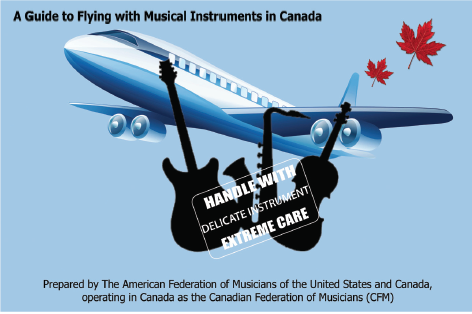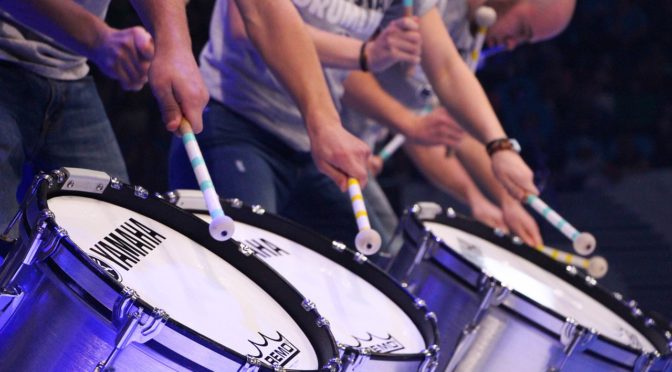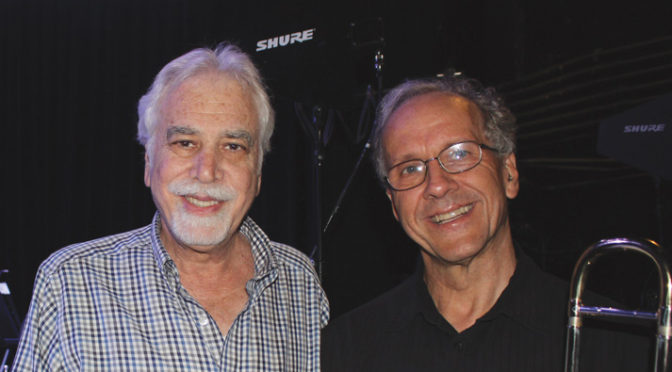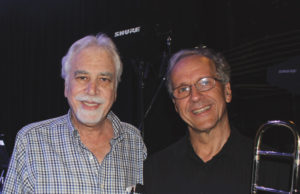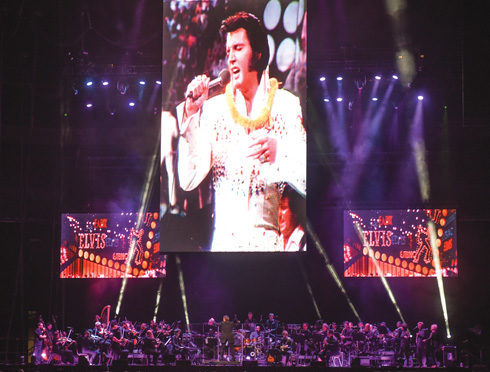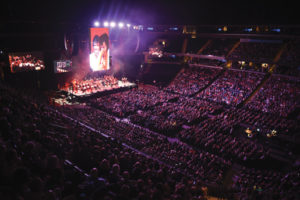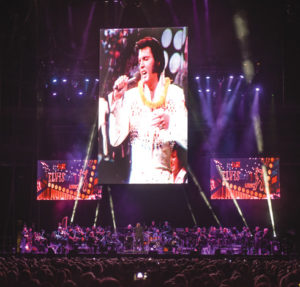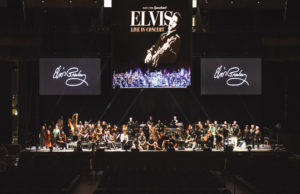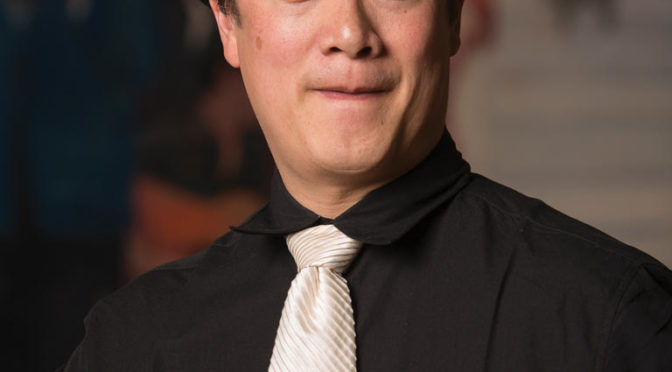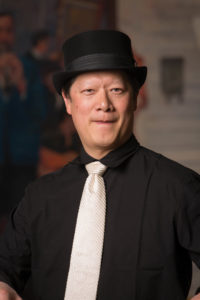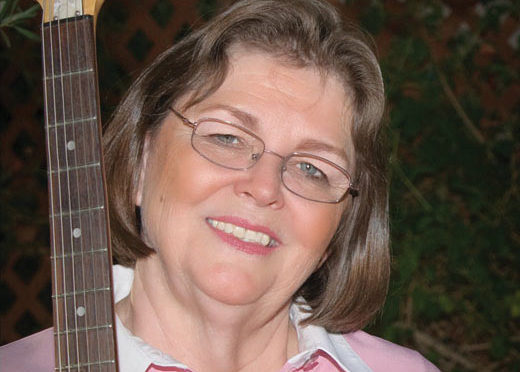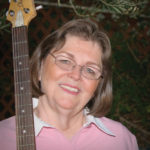The AFM spent more than a decade trying to clarify and improve the ability of musicians to fly with instruments as carry-on baggage. These efforts resulted in the FAA Modernization and Reform Act of 2012, which was implemented in 2015. The law states that if the instrument fits in the airline luggage bins and the owner boards early enough to have available space in the bins, a musician cannot be made to check their instrument.
TSA’s recent announcement that new security scanners in airports are smaller than previous scanners has caused some confusion and concern for musicians. The thought of having to check all bags that don’t fit in the new machines hit a nerve among traveling AFM members. There have been some poorly worded descriptions and/or misinformation spread about this announcement.
Dave Pomeroy, AFM Executive Board member and Local 257 (Nashville, TN) president, contacted the TSA for clarification. They have verified that the language or meaning of the law regarding musical instruments has not changed. However, the new machines’ smaller entry size (24.5”W x 16.5”H) does mean that some instruments that fit in the airplane luggage bins and the previous scanners may not fit in the new scanning machines, or more specifically, do not fit in the trays that are used with the new machines. TSA personnel will now have to individually inspect instruments that don’t fit at the security checkpoint. Pomeroy was told that in the (hopefully) near future, additional scanners will be provided that will speed up the scanning process for individual instruments that do not fit in the new machines.
As always, it’s important that you check the overhead capacity of each plane on which you will travel beforehand to ensure your instrument will fit. If you have concerns about whether your instrument will fit in the new machines, you should plan for extra time at security and arrive at least 30 minutes earlier than normal. If possible, try to get priority boarding and board early, when overhead compartments are less full. Additional travel tips are available in our Travel Kit on the AFM.org website.


